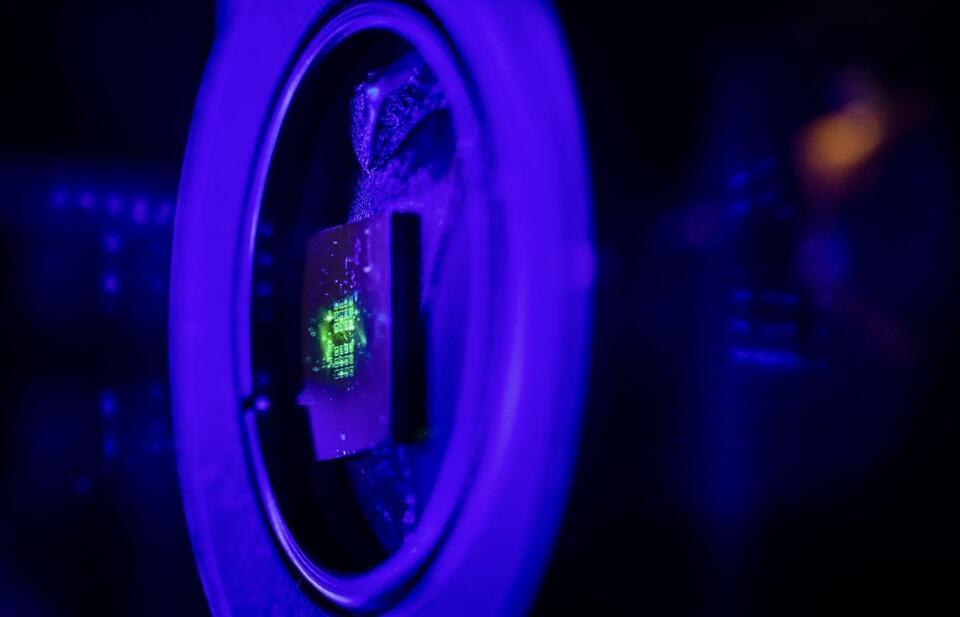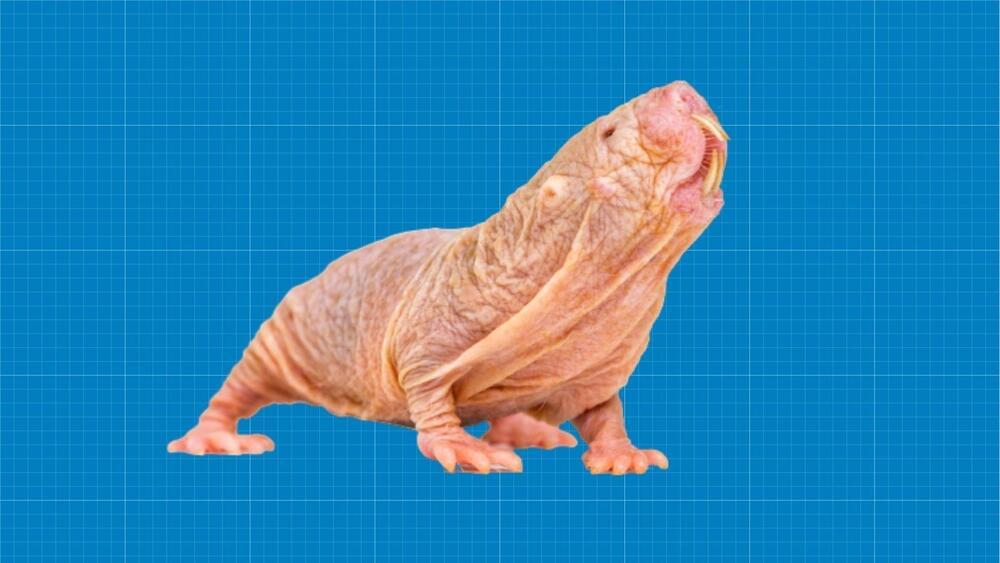Summary: Study reveals how reward enhances connectivity between the ventral striatum and the default mode network, impacting behavior.
Source: Kessler Foundation.
Researchers have reported findings that add to our knowledge of how human behavior may be shaped by the default mode network, a specific network of brain regions with both resting and task-related states.








